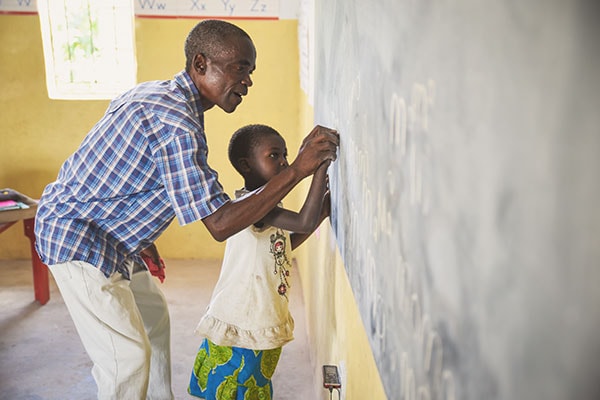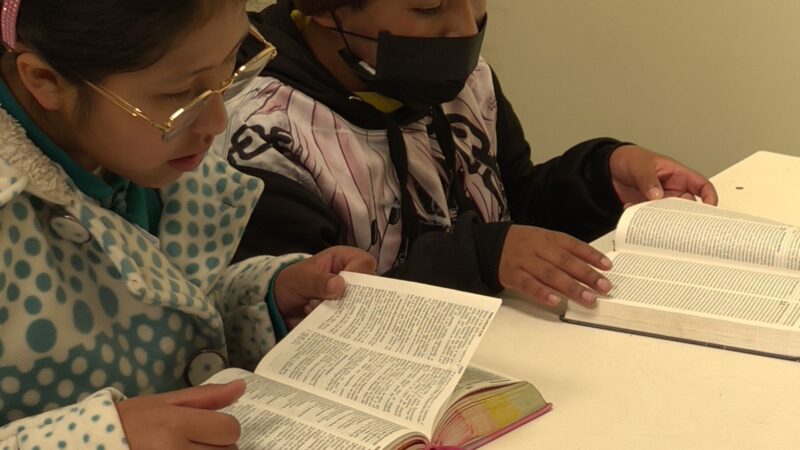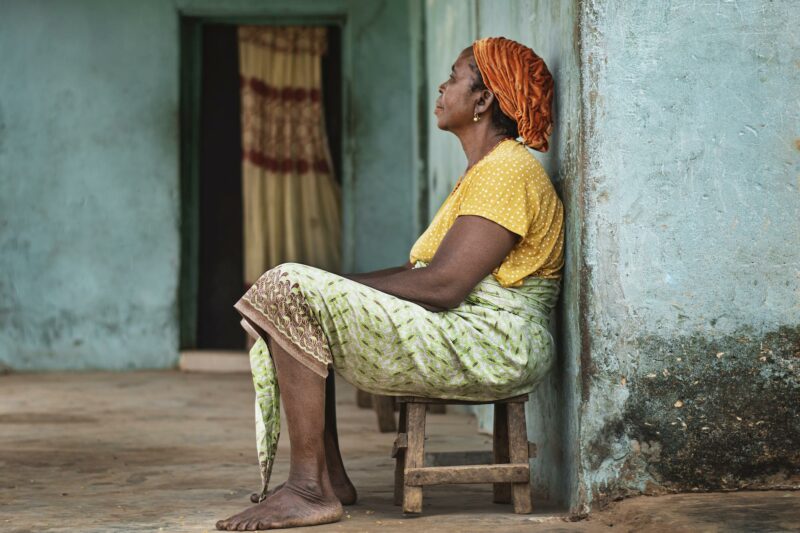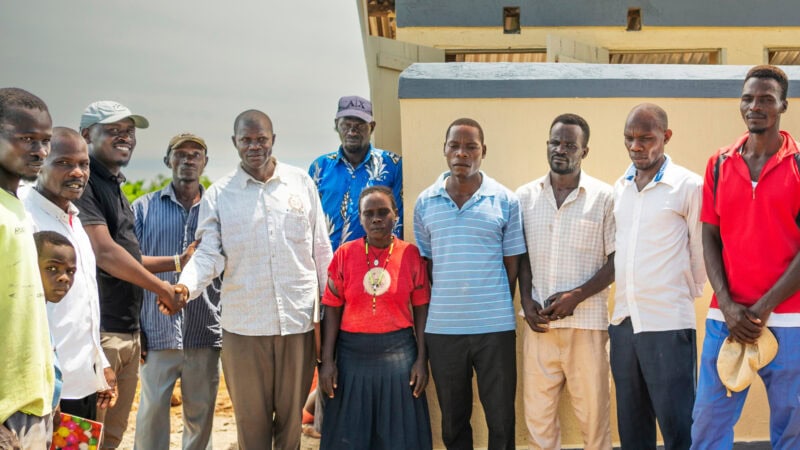I’ve seen $12 change a life. Seriously. And not just one life, but the lives of an entire family.
A few years ago, I met a mother of six living in the slums of Kenya. I don’t ever think I’ll forget her bubbly personality, her smile, and her rolling pin. She taught me that, sometimes, poverty alleviation is easier than you might think.
She and a group of others from her community were part of a micro-savings group. This means they all contributed small amounts of money to a group fund and then loaned it out to each other so each member could jumpstart a small business or income-generating venture.
This woman received a $12 loan. She used to work as a fishmonger, but she used her loan money to buy oil and flour to launch her business as a street vendor selling mandazi—Kenyan donuts. When I met her, she was making 1,500 mandazi a day. The profit she made enabled her to pay to send her younger children to school—something previously impossible for her to do.
This simple, inexpensive poverty alleviation strategy was working!
That’s incredible, isn’t it? I was deeply impacted by this woman and the power of a tiny loan that here, in my country, will get me a Chipotle burrito with guacamole, and a Coke. One meal. But for this Kenyan family, $12 and a diligent, entrepreneurial spirit were the ticket to giving the next generation of Kenyans an education.
This pretty perfectly captures what we mean when we say “Hope for Tomorrow” here at Bright Hope. It’s our term for “community development.” It’s a little different than Hope for Today, which focuses on immediate needs like feeding programs for impoverished children. Instead, Hope for Tomorrow looks ahead to see how we can help equip families and communities to prepare for a better future. We’re looking at long-term impact, that will change the course of lives forever.
There are three primary channels through which we do this: agriculture, animal rearing, education, microenterprise and job training.
In agriculture and animal rearing, we partner with churches and communities to achieve long-term solutions to hunger and poverty with initiatives like greenhouses, produce and livestock farms, and farm co-ops. We help churches provide their communities with seeds, crops, tools and equipment. We also provide training in farming and irrigation.
In education, we work with the local in-country churches to provide tutoring, after-school programs and educational materials. We also provide scholarships for primary and secondary school as well as vocational school. Education is one of the best ways to break the cycle of extreme poverty.
In microenterprise, we provide grants to churches and individuals to finance businesses such as maize mills, bakeries, beekeeping, water bottling, fruit pulping and oil presses. We also train and facilitate community savings groups like the one discussed above.
Hope for Tomorrow projects always inspire me because I love the long-term impact that can come from an initial investment. To me, it really is “the gift that keeps on giving.”
Learn more about Bright Hope’s holistic ministry.
Hope for Eternity: Jesus Cares for the Poor
Bright Hope, a Holistic Ministry Meeting the Needs of the Poor





